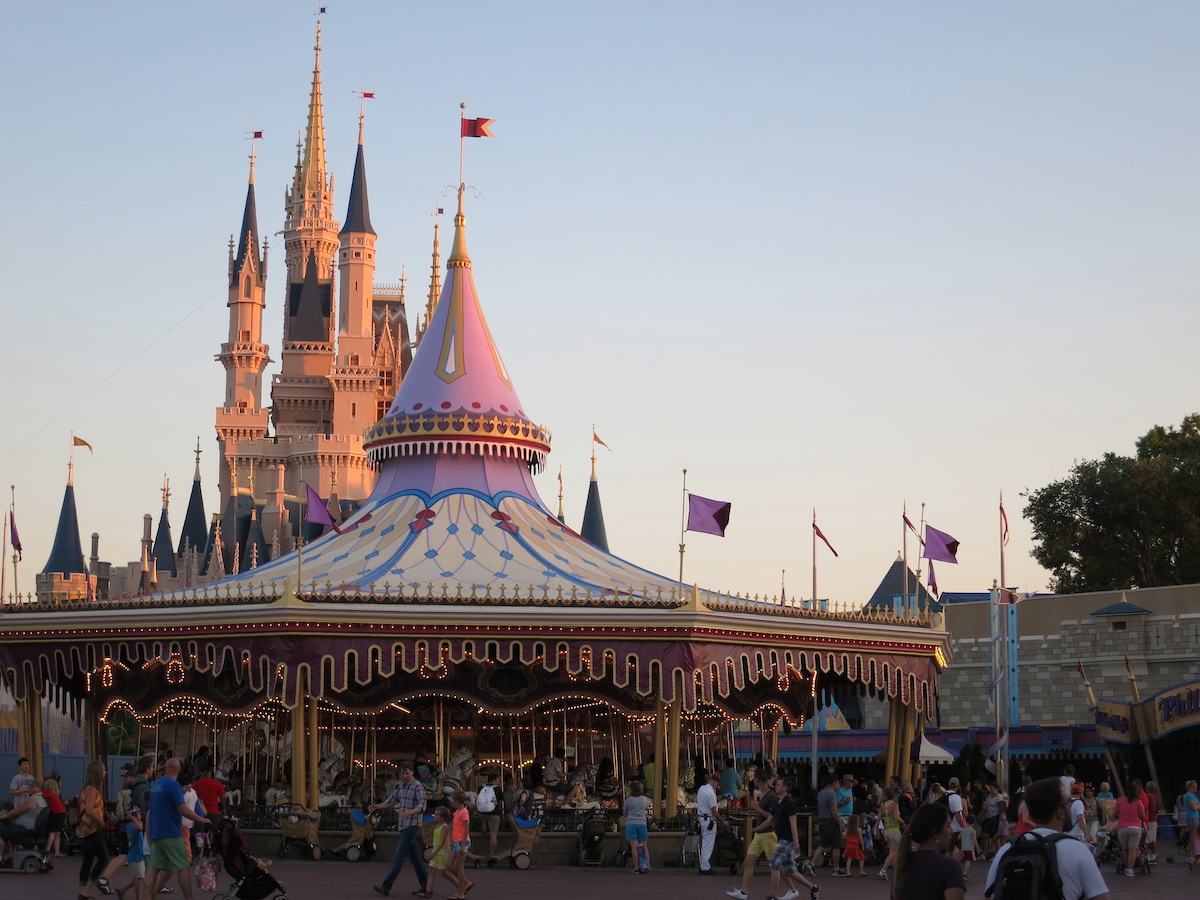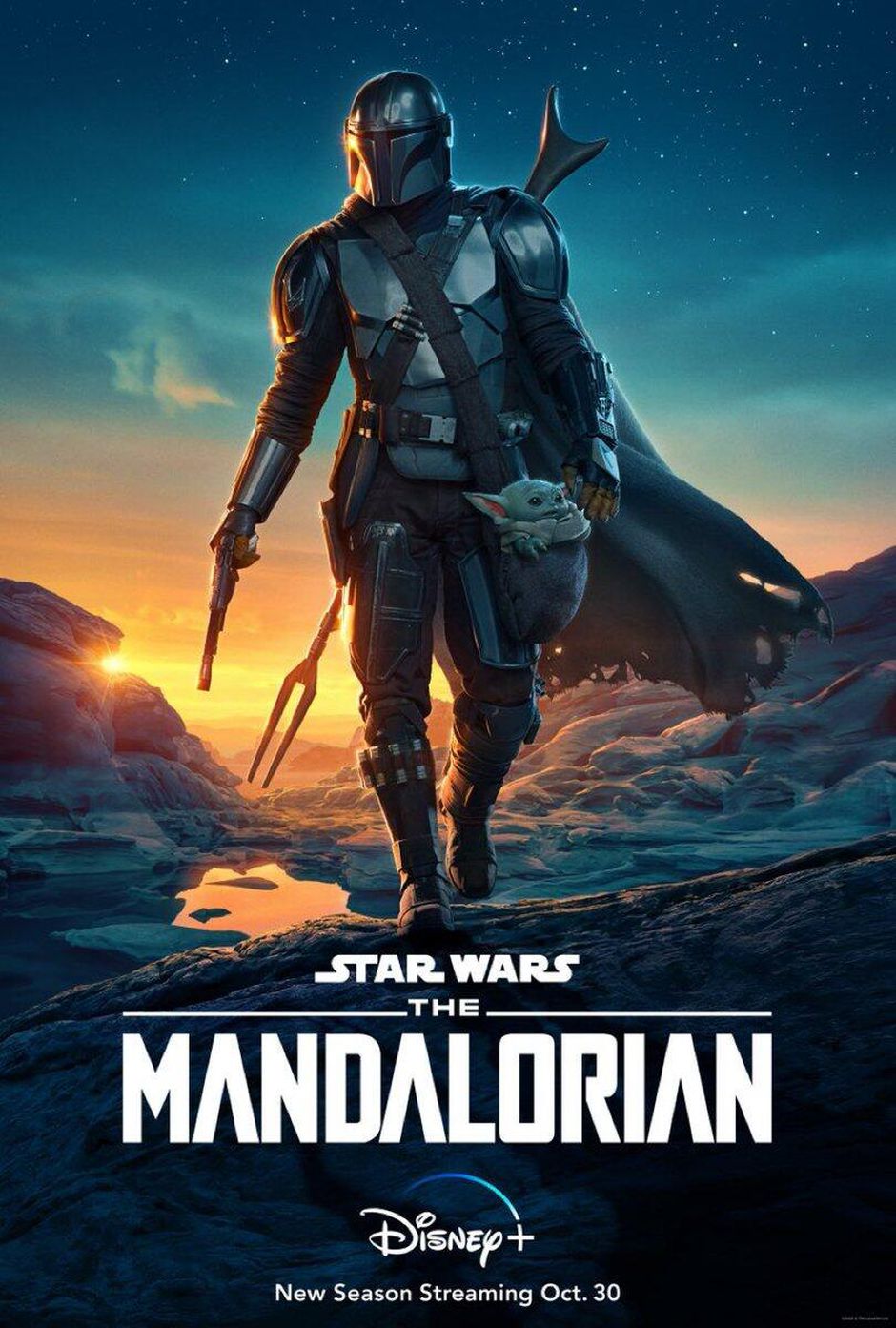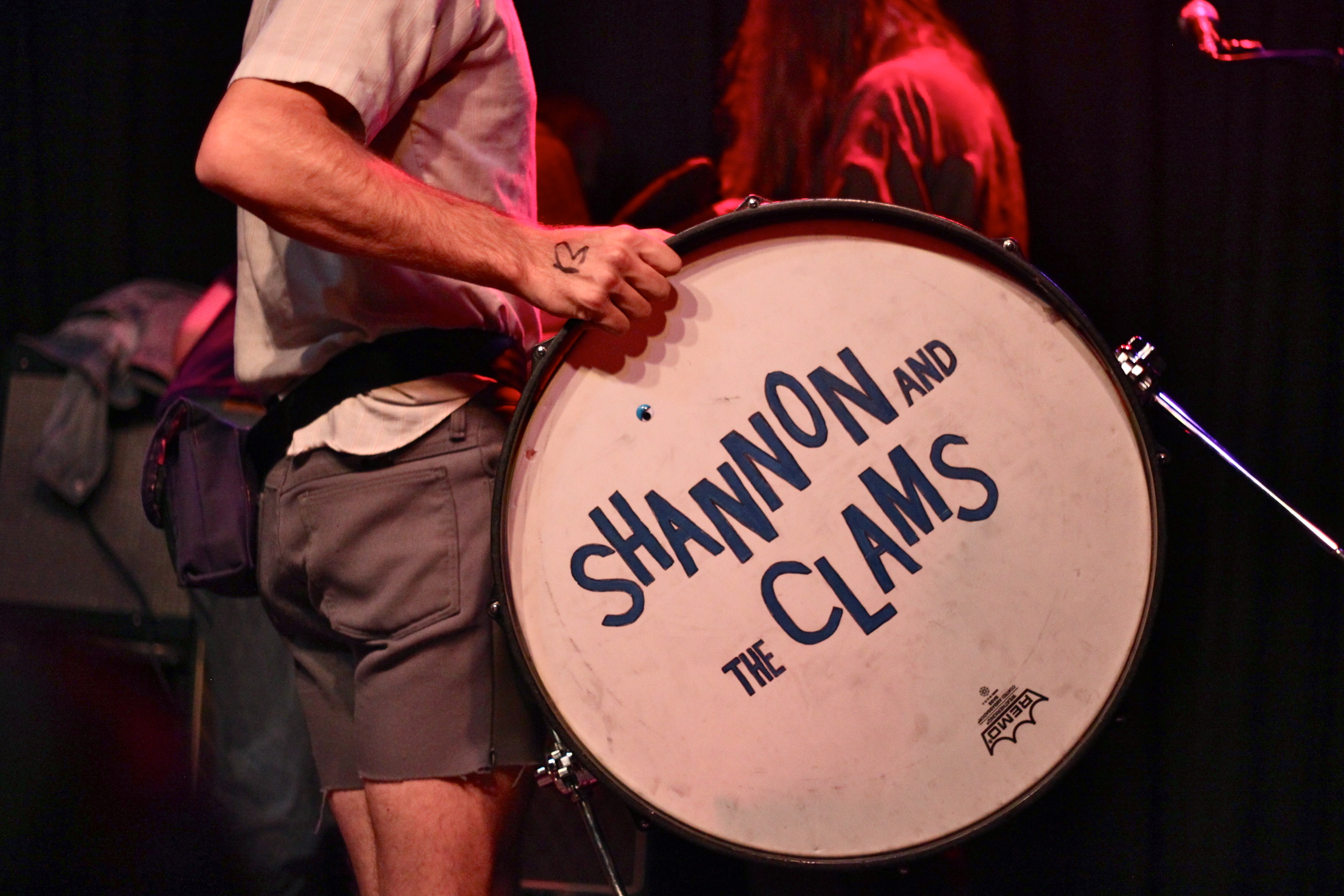Jonathan VanBoskerck is deeply concerned. As Disney rolls out the latest revisions to its rules governing employee appearance standards at Disney parks, VanBoskerck had a few choice words for the company. A self-described Disney loyalist and deputy district attorney from Nevada, VanBoskerck has drawn the ire of social media due to his recent commentary in the Orlando Sentinel, criticizing Disney for going “woke.” To VanBoskerck, Disney’s ongoing decisions to cultivate a more inclusive brand represents more than just calculated, corporate deliberation. To VanBoskerck, the Disney park experience is just the latest sacrifice at the altar of the Twitter gods, another casualty of appeasement in the never-ending culture war.
Quite frankly though, who cares? Who is genuinely concerned about what some Jonathan VanBoskerck from Nevada thinks about the retiring of the Trader Sam animatronic from the Jungle Cruise ride at Disney World? Are VanBoskerck’s words really so novel and thought-provoking as to warrant such a public response? Does this conversation need to happen?
Ultimately, this conversation isn’t about VanBoskerck. In truth, no one cares what some district attorney from Nevada thinks about Disney World’s inclusivity initiatives. This conversation is about a tired discourse, a discourse that reflects the desperate, last gasps of a demographic that’s terrified of a world that may no longer need them. This is a conversation within which VanBoskerck is simply the latest representative of the middle-aged conservative whose cultural entitlements are slipping through his grasp. This isn’t about VanBoskerck. It’s about reactionary myopia.
There’s a revelatory passage in VanBoskerck’s commentary that speaks to the heart of this issue. As VanBoskerck states, “Disney is in the process of taking the woke scalpel to the Jungle Cruise. Trader Sam is out because he might offend certain people. Every grown-up in the room realizes that Trader Sam is not a representation of reality and is meant as a funny and silly caricature.” Putting aside the contention of whether or not the animatronic depiction of a headhunting, cannibalistic native is appropriate for a venue such as Disney World, it’s telling how VanBoskerck’s analysis never seems to consider what Disney’s inclusivity initiatives may mean for people of color, let alone the myriad of kids that visit the park. While VanBoskerck argues “grown-ups” may recognize the caricature of Trader Sam, can the same be said of children?
VanBoskerck examines Disney’s ongoing changes from the entitled, myopic perspective of a middle-aged white man whose sole concern is how these changes may impact his enjoyment. But VanBoskerck’s analysis completely sidesteps the real conversations that need to be had. Ultimately, Disney is an all-ages brand. The content it produces will be enjoyed by millions of impressionable children wading through their formative years. What societal responsibility does Disney, one of the largest and most pervasive media brands in the world, have when formulating what sorts of messaging will be beamed into millions of living rooms around the globe?
Are we content with the preservation of racist and insensitive depictions of humans for the sole sake of historical continuity and baby boomer nostalgia? Or can popular media be harnessed to foster a better sense of tolerance and inclusivity within the coming generations? VanBoskerck doesn’t seem to ponder these questions. His concern is that the changing world that cares less about his thoughts with each passing year. VanBoskerck is no longer the target demographic; his voice is no longer of any consequence to the decision-making processes of popular media conglomerates. So, what does this mean for people like him?
To conservatives like Vanboskerck, inclusivity initiatives are just a method of the virtue-signaling, overzealous political left. But is that a bad thing? What are we truly losing by being more responsible curators of the art we put out into the world? Will society collapse if we decide to weigh our decisions based on the perceptions of all, rather than just some?
Ultimately though, if any institution has an ethical obligation to provide space for inclusion, it’s Disney. Like it or not, the entertainment Disney produces, including their parks, have become synonymous with American childhood. For the same reason we no longer subject our children to the racist minstrel shows of the 19th century, we must also carefully consider the ways in which our contemporary media can shape our conceptions of “the other.”
It’s up to us “grown-ups” to set the standards for what is permissible to our youth. When we showcase racist and insensitive stereotypes in theme parks and media, we demonstrate to our children that these depictions are tolerable, perhaps even tacitly factual. For some children, these representations present racism and prejudice as permissible; to others, it is simply alienating. VanBoskerck, and the greater contingent of middle-aged conservatives concerned about these inclusivity efforts, must take better care to reflect on these issues from perspectives other than their own.
VanBoskerck’s complete disregard for the impacts Disney’s policy changes may have on the manner in which our children perceive other humans speaks to a fundamental issue that plagues this discussion: myopia. There is most certainly a conversation to be had here, but in order to facilitate a productive discourse, it is imperative that conservative America shed their presuppositions and begin examining these issues from a goal-oriented, multi-perspective approach. If we are all in agreement that a more inclusive, understanding world is our aim, then how do we get there? Does the preservation of racist stereotypes, such as Trader Sam, ultimately help to serve that goal? Or does it simply undermine social progress for the sake of baby boomer nostalgia?






